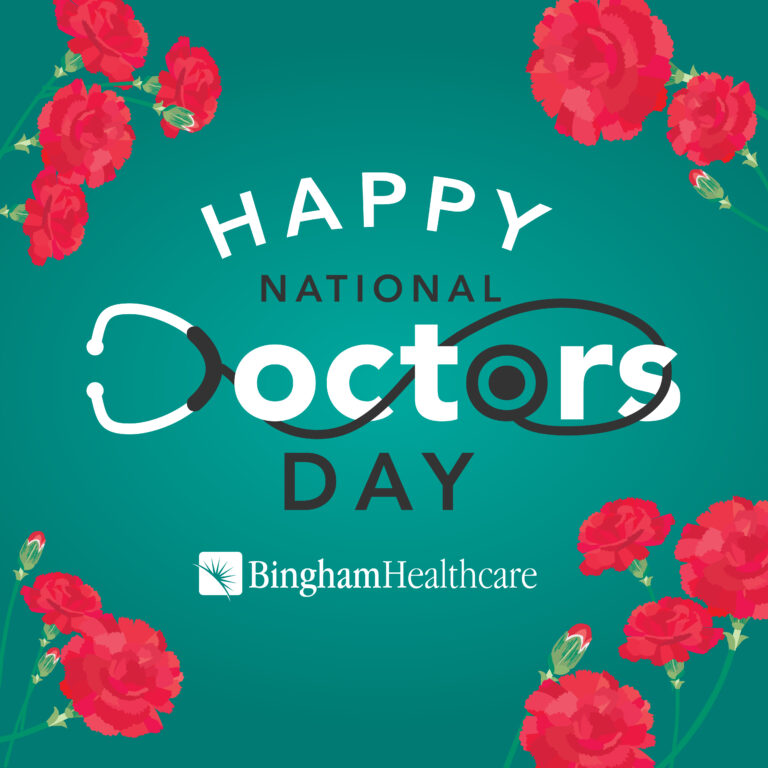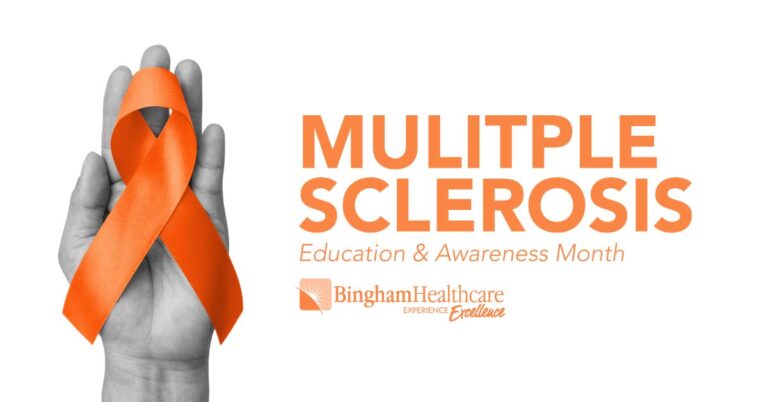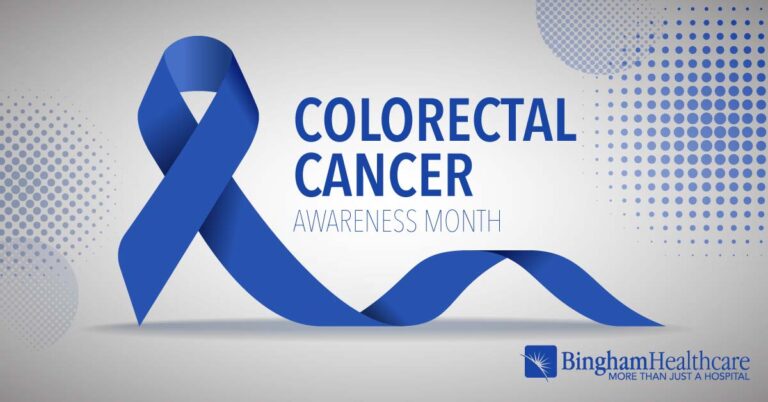
No More Excuses
Battling the Myths of Mammography: “It’s expensive.” “It hurts.” And a couple of other notions you may be wrong about
Because October is Breast Cancer Awareness Month, it’s important to be reminded about women’s health and cancer screenings.
Regular screenings—a combination of mammograms, clinical breast exams, and self-exams—save thousands of lives each year and can help catch cancer earlier, when it’s easier to treat. The month of October, or during your birthday month, is an ideal time for women to have their yearly mammogram.
There are no sure things in medicine, but mammography comes close. Regular mammograms have been proven to find breast cancer at its earliest stages, when treatments are most effective. But many women fail to take advantage of these powerful, potentially lifesaving tests because of unfounded fears. If you’re one of them, let’s break down the barriers.
BARRIER 1: “I’M AFRAID INSURANCE WON’T COVER IT.”
If you have Medicare coverage, it pays for a screening mammogram every 12 months. There also may be low- and no-cost screening programs where you live. Many health plans cover mammograms, so check with your insurer. And because of the Affordable Care Act, women enrolled in health plans created after March 23, 2010, pay nothing for screening mammograms.
BARRIER 2: “THE TEST IS TOO PAINFUL.”
Yes, the test can be a bit uncomfortable, but most women don’t consider it painful. During mammography, your breast is placed on a special platform and compressed with a plastic paddle. Compression helps hold the breast still, evens out the breast tissue and allows lower doses of X-rays to be used. Because there is pressure on the breast, the American Cancer Society recommends you schedule the procedure one week after your period, when your breasts are least tender.
If you feel pain, speak up. The technologist may be able to lower the compression and relieve some of the pressure on your breast. And remember that the actual X-ray takes less than one minute.
BARRIER 3: “I CAN’T AFFORD THE COPAYMENT/DEDUCTIBLE.”
Some state and local health programs and employers provide mammograms free or at low cost. For example, the Centers for Disease Control and Prevention (CDC) coordinates the National Breast and Cervical Cancer Early Detection Program. This program provides testing services, including clinical breast exams and mammograms, to low-income women in the United States.
You can learn more information about low-cost mammograms at Bingham Memorial Hospital by calling our team in the Radiology Lab at: (208) 785-3807.
BARRIER 4: “I JUST DON’T HAVE TIME.”
You don’t have half an hour, once a year? From start to finish, a basic screening mammogram lasts about 15 to 30 minutes. A more in-depth diagnostic mammogram, which takes images from more angles, runs 30 to 45 minutes.
If that still sounds like too much time, think about this: Several large studies conducted around the world show that mammograms help reduce the number of deaths from breast cancer for women ages 40 to 69, especially those older than 50.
And then think about what other regular activities take just 30 minutes. Watching the news? Doing a cycle of laundry? And neither of those can help you kick a nasty disease in the face.
EVERY WOMAN. EVERY AGE.
The Bingham Memorial Women’s Center has Ob-Gyns to care for all of your women’s health needs in Pocatello and Blackfoot. Call our office to schedule an appointment with any of our physicians at (208) 782-3900.
Our content is reviewed regularly and is updated when new and relevant evidence is made available. This information is neither intended nor implied to be a substitute for professional medical advice. Always seek the advice of your physician or other qualified health provider prior to starting any new treatment or with questions regarding a medical condition.
Return to Articles


